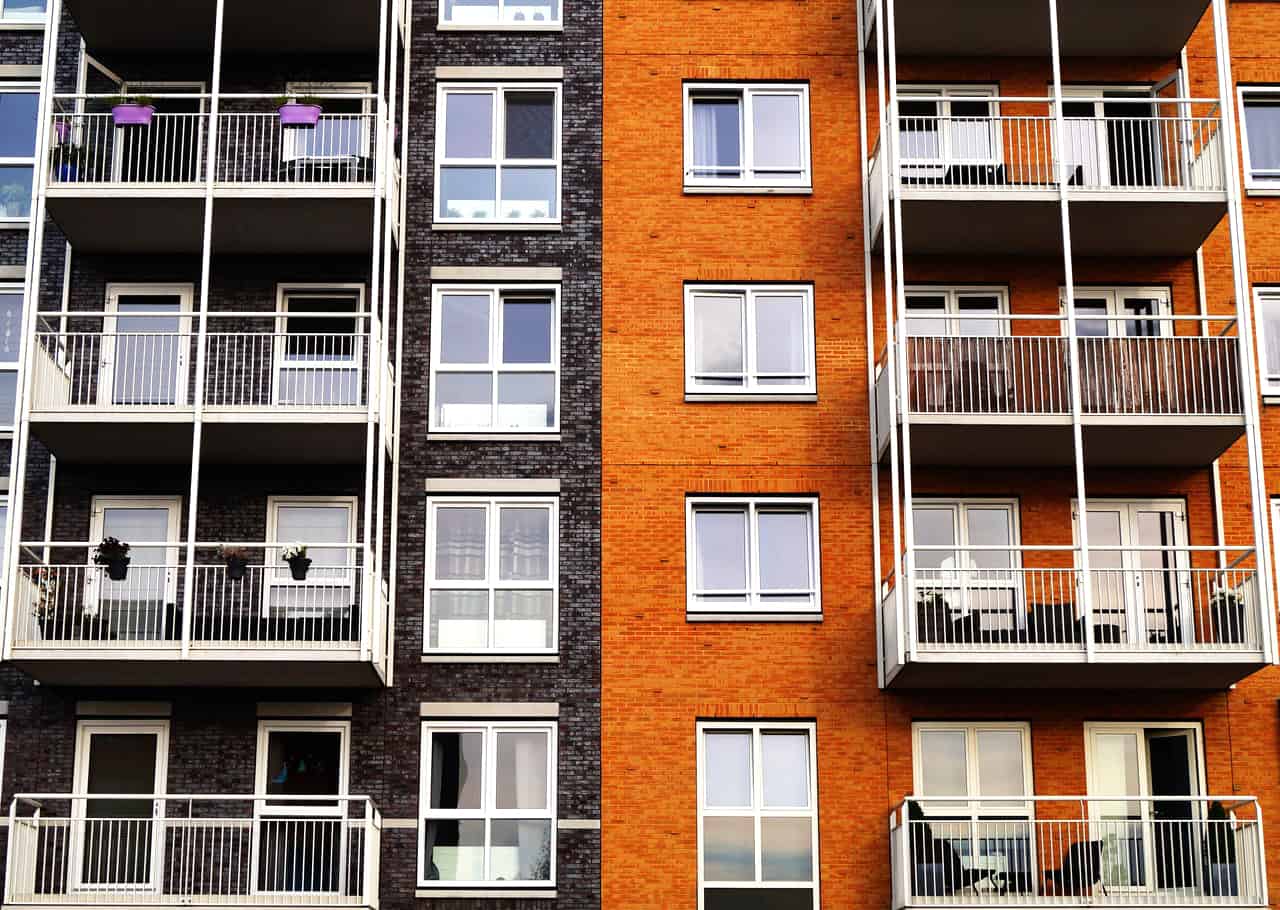20-year wait time for some affordable housing units in Mississauga, Brampton and Caledon: report
Published November 4, 2024 at 1:53 pm

The Region of Peel is calling on the province for more money as over 32,000 households are left waiting up to 20 years to find an affordable place to live in Mississauga, Brampton and Caledon.
A report from the region shows more than 8 per cent of Peel residents live in poverty – a number that translates to some 123,660 people including 27,900 children under the age of 18.
As tens of thousands of residents are struggling to afford housing, an estimated 1.7 percent of all people living in Peel get a monthly stipend of $733 under the province’s Ontario Works program.
But the region says that number needs to increase by at least $150 to keep up with rising costs of living and “chronically underfunded” social programs.
The region says funding increases are needed to bring Ontario Works payments up to “a livable standard and index them to inflation” and help residents access the programs they need.
A report to regional council showed that as of Dec. 31 of last year there were some 32,329 households on Peel’s centralized waiting list for a subsidized housing unit.
But wait times can stretch from 12 to 20 years for a subsidized affordable housing unit depending on family size and number of bedrooms required.
Peel Region experienced a 41 per cent increase in Ontario Works caseloads over the past year, and residents are also struggling with food security and access to social programs, like mental health services.
In 2021, nearly 20 percent of Peel residents experienced “some level of food insecurity, ranging from marginal to severe,” the report reads.
“Food Banks Mississauga experienced a significant increase in demand for services between June 2022 and May 2023, serving 18 percent more users compared to the previous year and a staggering 82 percent more than pre-pandemic levels.”
The region is again calling on Ontario to increase funding to deal with food insecurity and mental health service wait times, as well as raise Ontario Works rates and improve access to housing across Peel.
In 2022 the Ontario Nonprofit Network found that 89 per cent of health non-profits and 81 per cent of social service non-profits in Peel are seeing an increase in demand for services, while the region is seeing a cumulative gap in funding of over $868 million across Peel every year.
“The report highlights the impact of Ontario’s stagnant social assistance rates, which have not risen since 2018. To keep up with inflation, Ontario Works rates would need to increase by over $150 per month beyond the current $733 for single individuals,” the region says.
INsauga's Editorial Standards and Policies